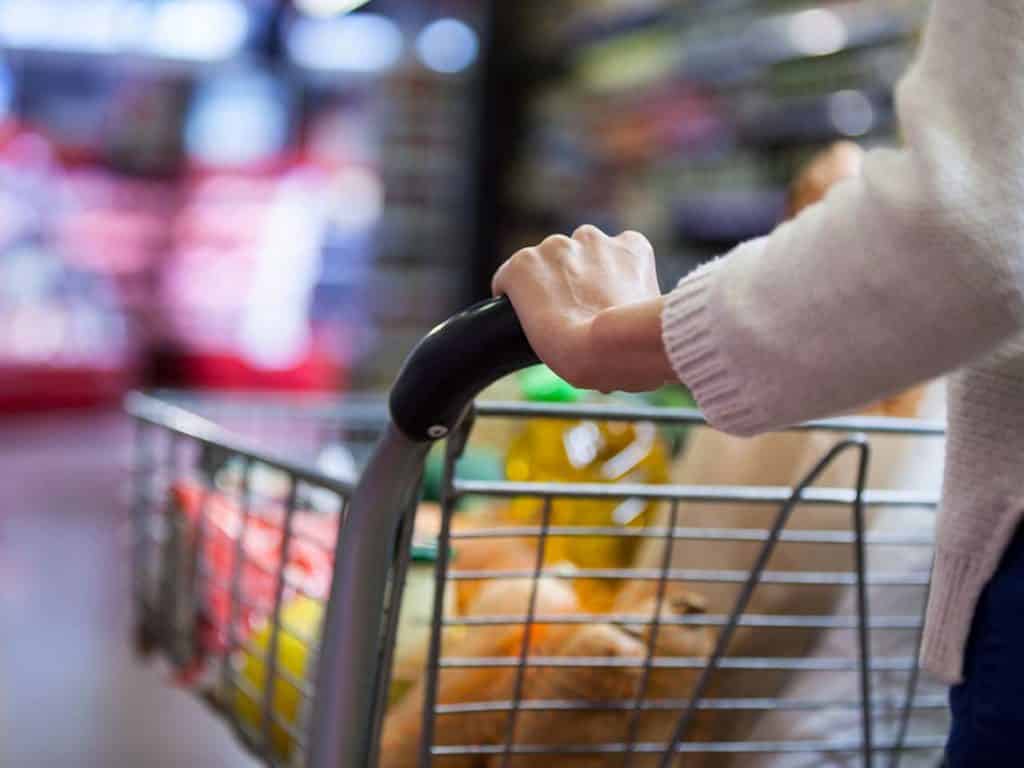Current Events and Their Effect on Global Agriculture
Historically, we have witnessed many shortages and surpluses in Global Agriculture over time as a result of current events. We’ve seen shortages due to increased demand, and surpluses as a result of decreased demand. One example that we’ve all witnessed recently is the effect of COVID-19 on toiletries and how major demand caused a massive shortage of supplies. Read our blog post below to learn more about how current events affect global agriculture in terms of food supply and agricultural production.
What are Sanctions and how do They Affect Global Agriculture?
To understand how sanctions affect global supply, we need to first understand how imports and exports work. Imports and exports relate to the business activity of selling goods between countries. When a sanction, or ban, is placed on a country, usually as a tool responding to foreign policy changes, it causes a shift in supply. A sanction is a withdrawal of customary trade and financial relations for foreign- and security-policy purposes. As a result of this, a country that is a known producer of a good, say fertilizer, might be unable to conduct trade. This causes buyers (other countries in this instance) to look elsewhere to obtain fertilizer. This could mean that the buying country will face a change in price due to differences in distance, transportation capabilities, or increasing demand for goods as they are competing with other buyers or countries.
On the other hand, countries that do not have imposed sanctions and are active in free trade could be affected by low production and their buyers will have to go elsewhere. For example, Ukraine is a large producer of fertilizer, wheat, and corn. Since they are dealing with a major crisis, they are not able to produce the same yields as in prior years, causing buyers to have to source from elsewhere and increasing prices on these goods due to less available supply.
The Future of Food Prices
As with any global conflict we’ve seen in history, there is typically an effect on global agriculture and a period of economic inflation following the event. During World War I, personal savings increased significantly and were spent soon after the war ended. This was due to rationing common food items and necessities such as meat, coffee, butter, and shoes, so there was less spending. This change in global agriculture then caused an influx of cash into the economy. After the end of World War II, when the caps were lifted in 1946, prices climbed significantly. For example, food prices alone rose 13.8 percent in July after food price controls expired on June 30th.
We see the domino effect of inflation taking place in the current economy which, in turn, increases the prices of goods and services. Looking at food specifically, inflation is increasing because of global events which have affected grocery and dining out prices. The USDA’s Economic Research Service updated its March report predicting a 4.5%-5% rise in food prices this year. This is largely due to the increased costs for farmers to grow and produce crops, transport them, and keep up with growing demand. We can expect to see an upward trend in the coming months as consumers, so paying attention to current events news, and looking at local alternatives could be the way to go.
Peddler’s Son is a Trusted Local Supplier
Peddler’s Son is the go-to supplier for Arizona restaurants, hospitals, schools, and more. Family-owned and operated since 1988, Peddler’s Son brings you honest pricing, unparalleled customer service, and farm-fresh produce every day. Want to stay current on market updates that affect produce? Sign up for our newsletter and read about the global agriculture industry every week.
Current Events and Their Effect on Global Agriculture Read More »
